cultivar
bradmm
19 years ago
Related Stories

EDIBLE GARDENSThe Enticing Garden: How to Grow Bananas
Sweeten your dining table with surprising flavors of banana cultivars while adding tropical flavor to your garden
Full Story
GARDENING GUIDES13 Japanese Maples for Shade
A surprising variety of these understory trees is waiting to make a statement in your shade garden
Full Story
GARDENING GUIDES12 Japanese Maples for a Sunny Garden
The right maple in the right place shines in hot summer sun
Full Story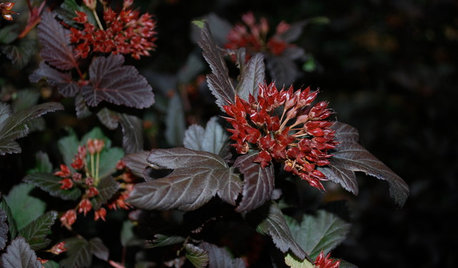
LANDSCAPE DESIGNGreat Design Plant: Sun-Loving Ninebark Puts on a Color Show
This tall, dark and handsome native shrub is equally at home in jeans and boots or in a suit and tie
Full Story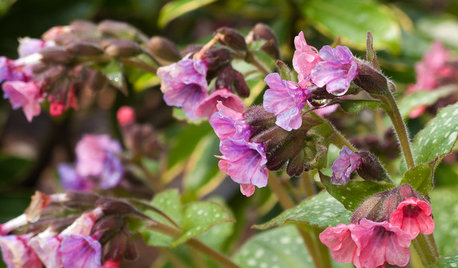
GARDENING FOR BUTTERFLIESGreat Design Plant: Lungwort
Yes, the name is unfortunate. But the flowers and foliage are delightful, and this perennial is easy to grow and shunned by deer
Full Story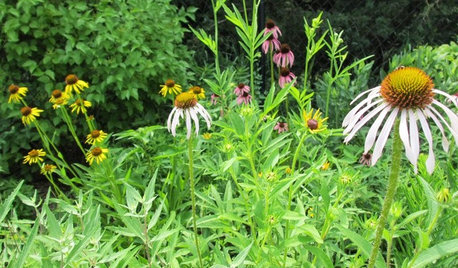
FLOWERSGet Coneflower Blooms All Summer Long
Plant these 5 native species to bring beauty to the garden — and pollen to the insects — from June through August
Full Story
GARDENING AND LANDSCAPINGGreat Design Tree: Japanese Maple
Lacy form and fiery fall color make Japanese maple a welcome tree for garden or patio
Full Story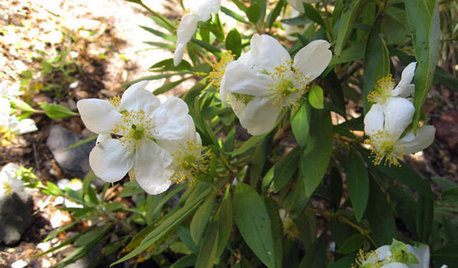
FLOWERSGreat Design Plant: Bush Anemone
Breathe in this shrub's sweet perfume while you're admiring its petite white flowers and the butterflies it brings
Full Story
TRADITIONAL HOMESHouzz Tour: Historic Concord Grapevine Cottage’s Charms Restored
This famous property had fallen on hard times, but passionate homeowners lovingly brought it back
Full Story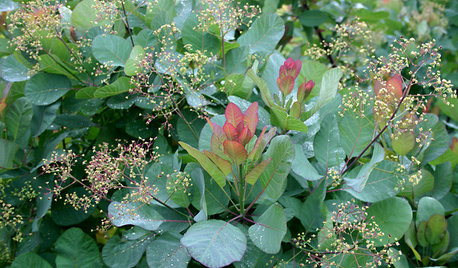
LANDSCAPE DESIGNGreat Design Plant: Old Fashioned Smoke Bush
Balance garden color with this shrub's cool blue-green foliage, luminous when backlit and sporting yellow-green flowers in spring
Full Story






TonyfromOz
serenoa
Related Professionals
New Bedford Landscape Architects & Landscape Designers · Bridgetown Landscape Architects & Landscape Designers · Ilchester Landscape Architects & Landscape Designers · Lowell Landscape Architects & Landscape Designers · Montgomeryville Landscape Architects & Landscape Designers · Aurora Landscape Contractors · Nutley Landscape Contractors · Smyrna Landscape Contractors · Webster Groves Landscape Contractors · Kingsburg Landscape Contractors · Antelope Fence Contractors · Gardena Fence Contractors · Manassas Fence Contractors · Sammamish Fence Contractors · Lomita Fence ContractorsbradmmOriginal Author
TonyfromOz
JohnnieB